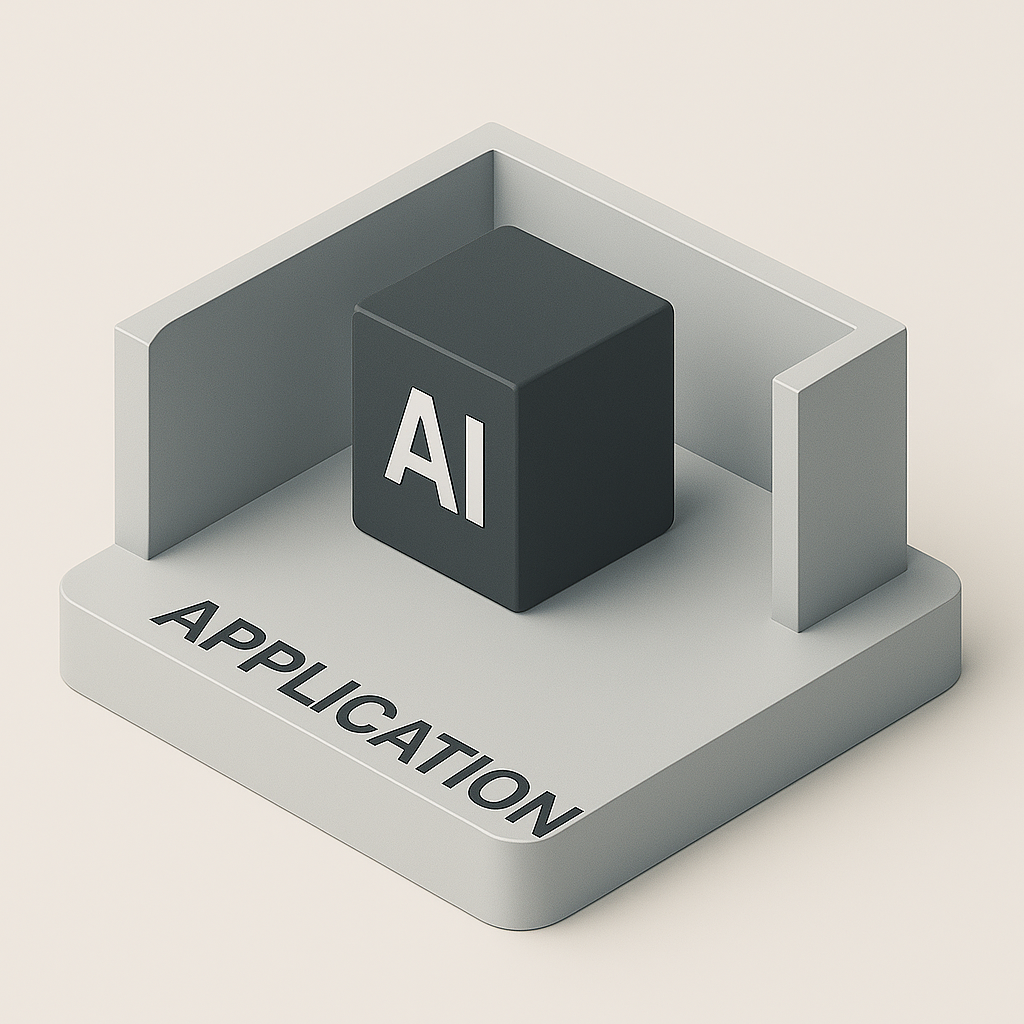
By Todd Bernson, CTO of BSC Analytics, USMC Veteran, and Guy Who Treats IAM Policies Like They're Handling Live Ammo
Voice AI is cool — until it leaks a customer’s audio file to the internet, ends up on a subreddit, and your CISO faints into a pile of SOC 2 binders. If you’re going to work with AI-generated voices, especially self-hosted ones, you better know how to lock it down.
This article breaks down how to secure your voice cloning infrastructure on AWS the way a Marine would: with discipline, precision, and zero tolerance for sloppy access control.
Whether you're in finance, healthcare, insurance, or just paranoid (which in cloud security is a virtue), here’s how to bulletproof your deployment.
1. IAM: Zero Trust or Bust
First rule: no service should have more access than it needs. IAM is your gatekeeper.
Least Privilege
- Every Lambda, EKS deployment, and API Gateway integration uses its own IAM role.
- S3 permissions are scoped to specific buckets and prefixes.
- No wildcard
"Action": "*"or"Resource": "*"nonsense.
Inline vs Managed Policies
- Use custom inline policies to restrict actions tightly.
- Avoid attaching AWS-managed policies directly unless scoped by a boundary.
Example policy snippet:
{
"Effect": "Allow",
"Action": [
"s3:GetObject",
"s3:PutObject"
],
"Resource": "arn:aws:s3:::voice-clone-prod/audio/*"
}
2. Network Security: Stay in the VPC
Your inference engine (like Tortoise-TTS in ECS) does not need a public IP.
Best practices:
- EkS nodes live in private subnets.
- NAT Gateway used only when outbound is required.
- No internet-facing access unless explicitly required (e.g., CloudFront).
If you’re feeling extra paranoid, attach a WAF to your CloudFront and enable throttling + IP filtering. Because someday someone will test your endpoint with curl.
3. Data Protection: Encrypt Everything
At Rest:
- S3 buckets with default encryption of CMK.
- Sensitive metadata (user ID, timestamps, script text) also encrypted at the application level if needed.
In Transit:
- HTTPS only. TLS 1.2+. No exceptions.
- Custom domain for APIs using CloudFront + ACM-managed certs.
Secrets:
- Use AWS Secrets Manager for storing:
- API keys
- Database creds
- Model-specific config
Accessed at runtime only via scoped roles. Rotated. Audited.
4. Logging & Monitoring: If You Can’t See It, You Can’t Secure It
CloudWatch Logs:
- Capture API requests (via API Gateway logging).
- Log custom metrics: request duration, model inference times, failures.
CloudTrail:
- Enabled globally.
- Monitors:
- IAM role usage
- S3 access
- Secrets Manager requests
Export logs to S3 and send alarms via SNS if weird things happen — like someone trying to access from us-east-5...
GuardDuty + Security Hub:
- Detects anomalies: port scanning, unexpected API usage, etc.
- Integrate with your SIEM or just let it yell at your DevSecOps channel in Slack.
5. API Security: No One Hits My Endpoint Without ID
Your API Gateway isn’t public candy.
Options:
- IAM auth for internal services.
- Google Auth for user-level access.
- API keys + usage plans for partner integrations.
- WAF rules to rate-limit, IP block, and reject known bad patterns.
You can even use Lambda authorizers if you want to get creative with token validation (which is what I did).
6. Isolation By Design
If you’re multi-tenant (e.g., supporting multiple departments or clients):
- Isolate environments by account (best) or VPC/namespace (acceptable).
- Separate S3 prefixes per tenant with enforced IAM policies.
- Don’t ever cross audio files or inference containers across customers unless it’s anonymized and approved.
Bonus: tag everything (Environment, Owner, DataSensitivity) to support automated compliance checks.
7. Compliance: Make Auditors Say “Wow”
HIPAA? SOC 2? GDPR? CCPA? No problem.
What They’ll Want:
- Encryption policies (check)
- Logging and access monitoring (check)
- User access controls (check)
- Data retention and deletion capabilities (also check)
Set up:
- S3 lifecycle policies (auto-delete after 90 days)
- Explicit “DeleteObject” API access in IAM
- Audit report generation from CloudTrail + Athena queries
They won’t just nod — they’ll invite you to present at their next audit prep session.
Final Security Checklist
| Area | Secured With |
|---|---|
| IAM Roles | Scoped to service/resource level |
| S3 Buckets | KMS encryption + bucket policies |
| API Gateway | Auth, WAF, throttling, logging |
| Compute | Private subnets, no public IPs |
| Secrets | Secrets Manager + least-privilege access |
| Monitoring | CloudWatch, CloudTrail, GuardDuty |
| Compliance | Automated logs + data lifecycle enforcement |
Final Thoughts
Security in voice AI isn’t optional — especially when you’re generating content that sounds like your employees, agents, or doctors.
Done right, a voice cloning platform on AWS:
- Keeps customer data locked down
- Delivers zero-trust compliance
- Maintains auditability for even the most intense regulatory environments
And best of all? It still scales, still performs, and still costs less than most per-character voice APIs.



